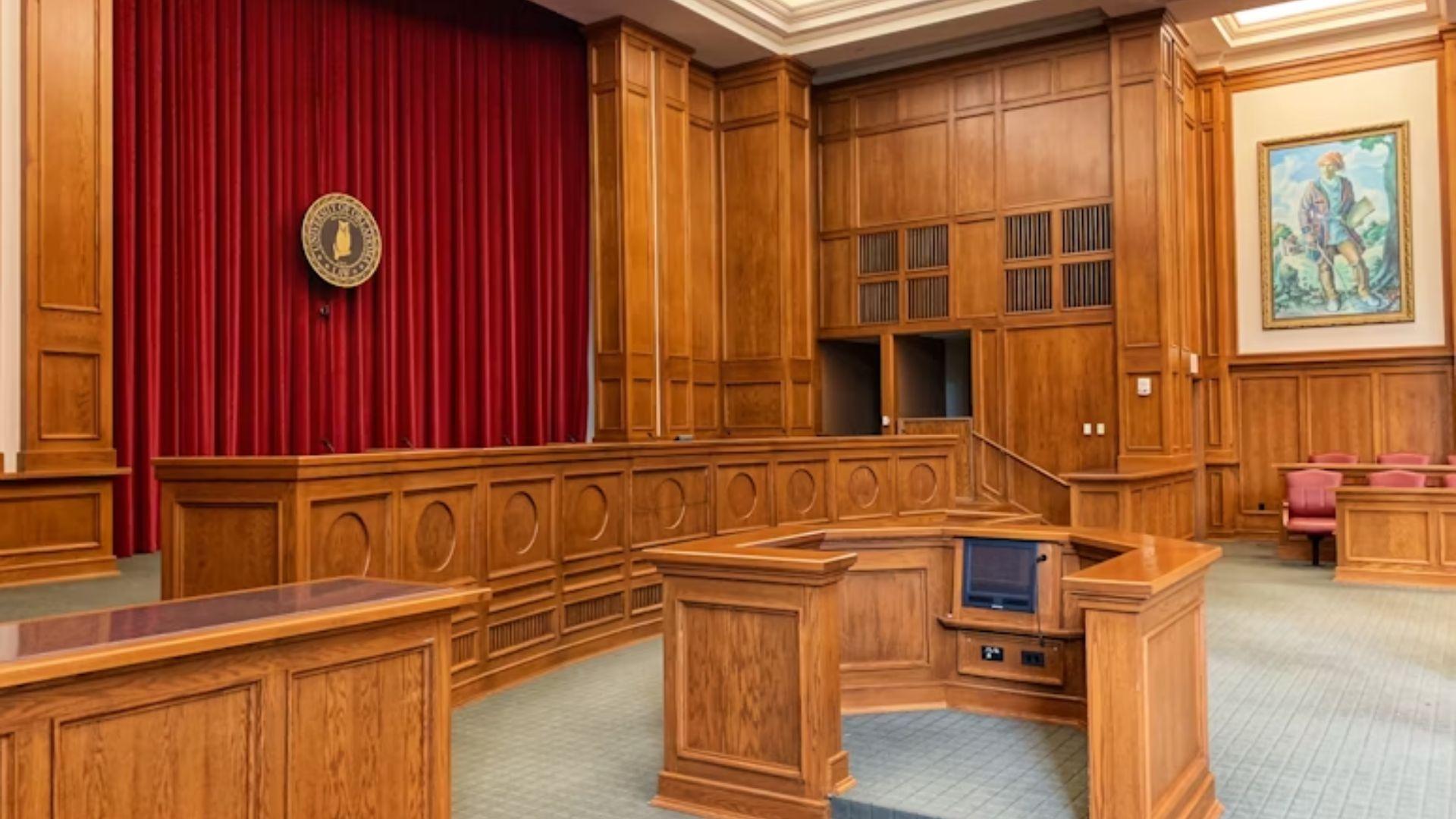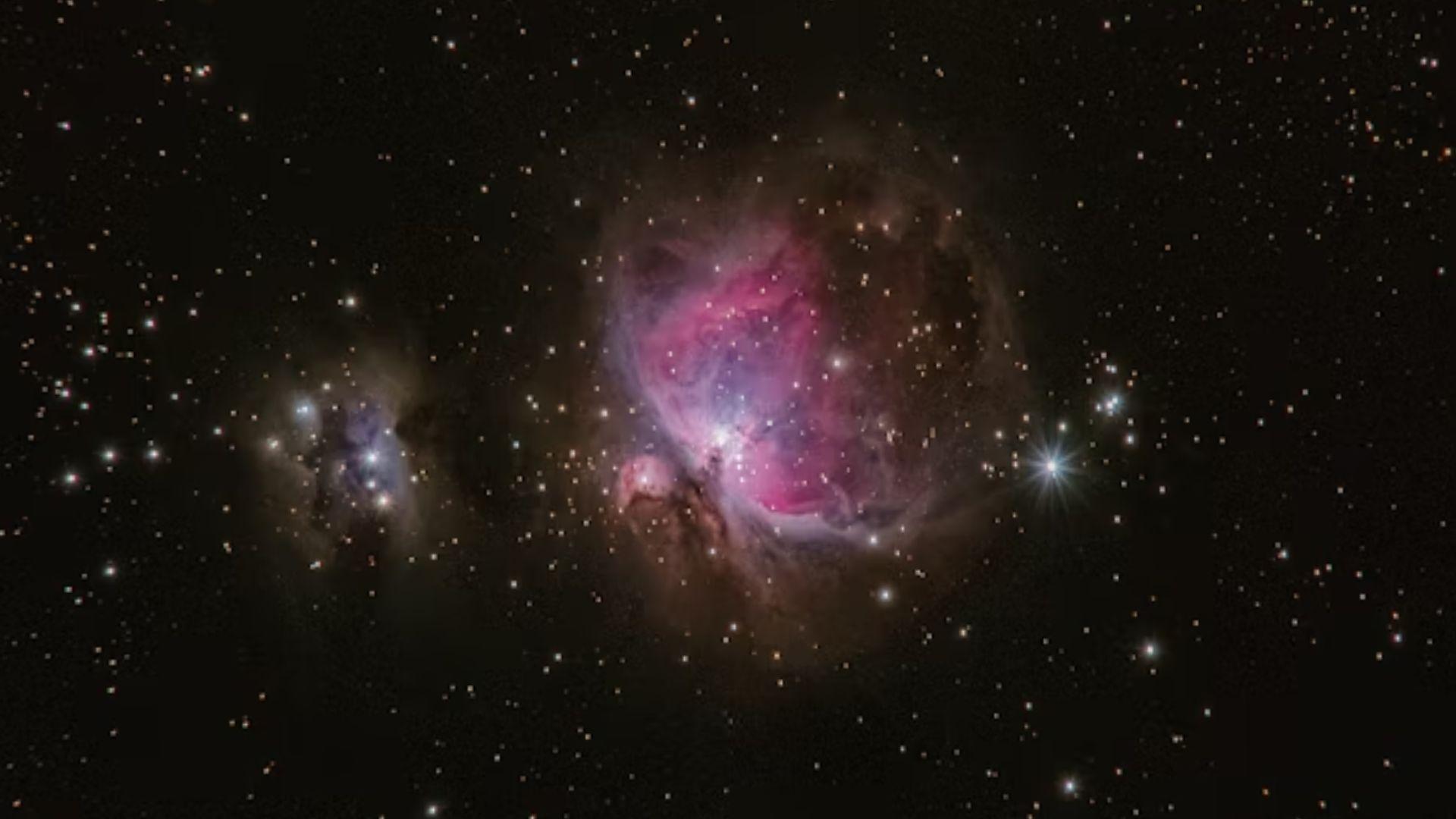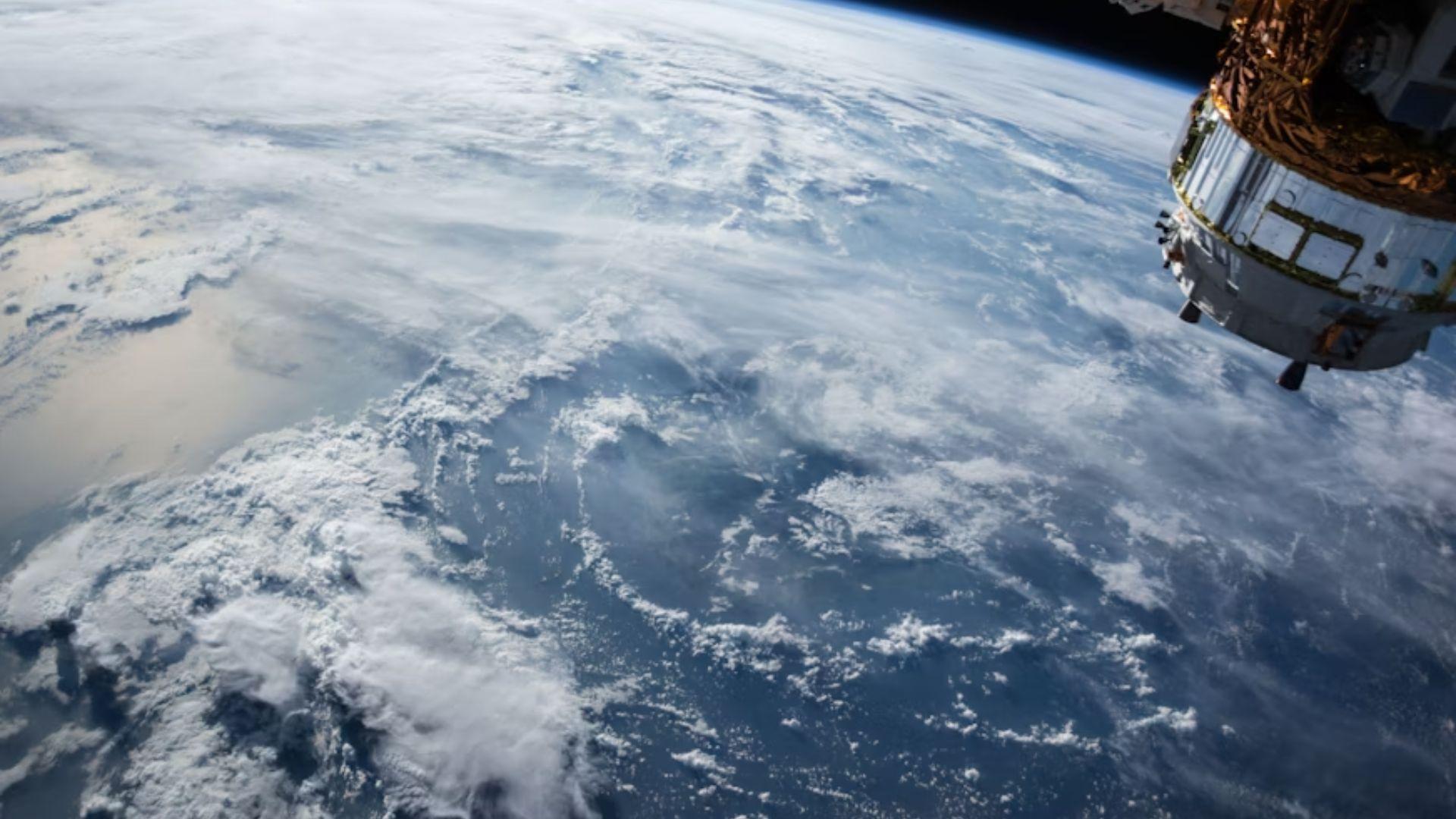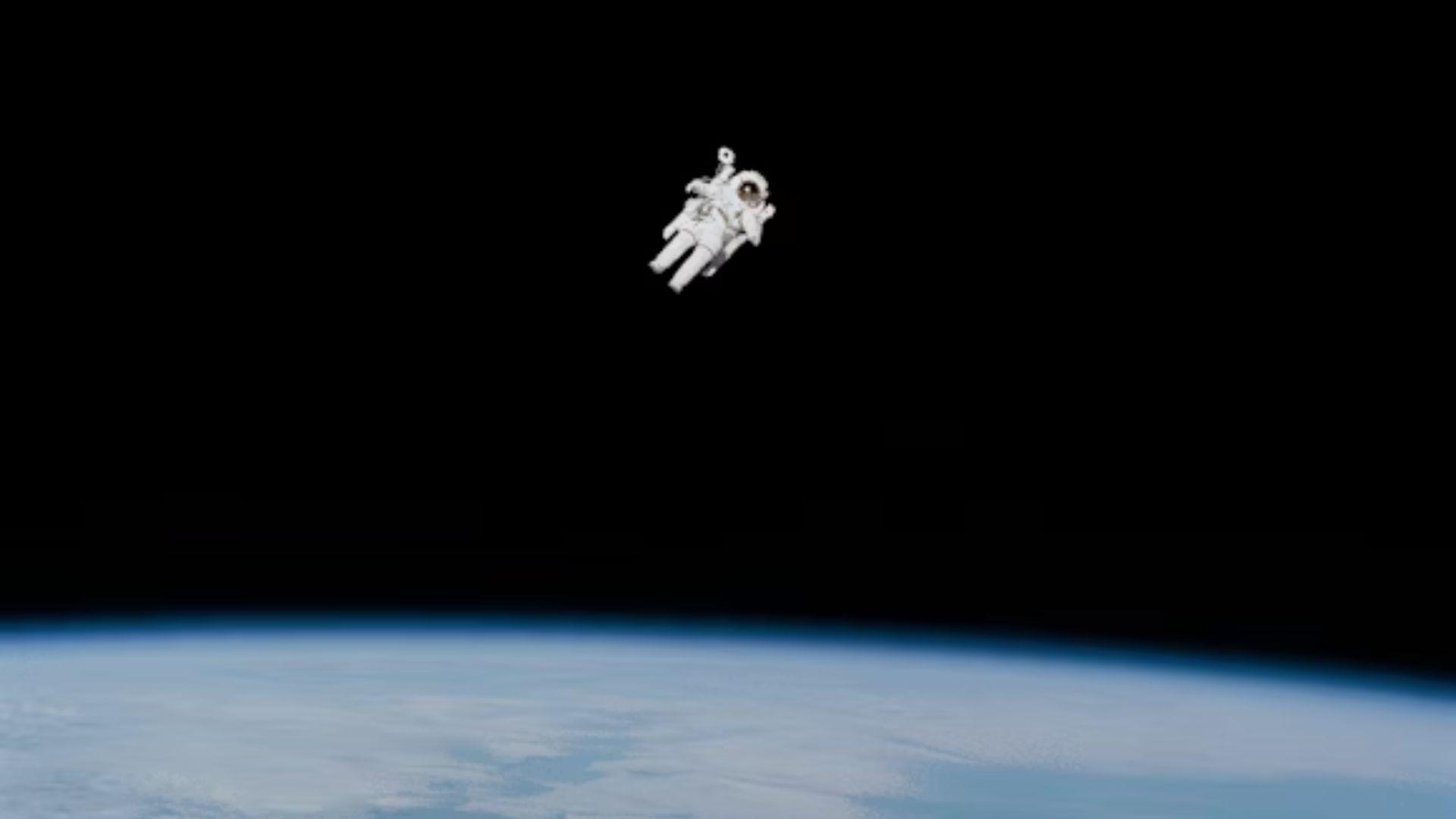A Florida family is suing NASA after space debris fell to Earth from the International Space Station (ISS) and caused damage to their property.
The Otero family sought representation from the law firm Cranfill Sumner after space debris smashed into their home and created a hole in their flooring and roof.
Family Seek Compensation For “Stress and Impact”

At the time of the incident, the son of Alejandro Otero was at home and now the family is seeking compensation to “account for the stress and impact” of the incident.
No one was harmed by the space debris, however, the family still believes they deserve $80,000 in compensation.
A Landmark Legal Case

The lawsuit by the Otero’s against NASA could set a significant legal precedent and will give important insight into judicial thinking on an issue that could become increasingly prevalent in the years to come.
NPR’s Joe Hernandez wrote, “The March incident was a startling rare instance of man-made material from orbit making its way back to our planet’s surface intact and landing in a populated area, and it raised questions about who is responsible when space debris causes damage on Earth.”
Cranfill Sumner Make Their Case

Cranfill Sumner, the law firm representing the Otero family, said they are “grateful that no one sustained physical injuries”, but noted that the “near-miss” incident could have easily been “catastrophic”.
The firm, who are seeking $80,000 compensation for the family, added, “If the debris had hit a few feet in another direction, there could have been serious injury or a fatality,”
NASA Respond

While, NASA’s public affairs officer Jimi Russell said it “would not be appropriate for NASA to comment on a pending claim,” the organisation have given some more insight into the incident. They said the debris fell to Earth after ground controllers used a robot arm to release a cargo pallet containing aging batteries from the space station in March 2021.
“The hardware was expected to fully burn up during entry through Earth’s atmosphere on 8 March 2024,” NASA said. “However, a piece of hardware survived re-entry and impacted a home in Naples, Florida,” they added.
Flagship Case Could Set A Precedent

The Otero v NASA case is the first of its kind and legal experts believe it could set a precedent; with the issue of space junk becoming a greater and greater concern.
“If NASA were to take the position that the Oteros’ claims should be paid in full, it would send a strong signal to both other governments and private industries that such victims should be compensated regardless of fault,” the Otero’s law firm said.
Space Debris Fallout

NASA said the junk object that fell to Earth was from a “stanchion” that is used in flight support equipment. It measured 4×1.6 inches and weighed 1.6 pounds.
Mica Nguyen Worthy, a lawyer for the Otero family, said, “Space debris is a real and serious issue because of the increase in space traffic in recent years.”
Increasing Threat of Space Debris

With an increase in space travel over recent years, the threat of problems caused by space debris has also increased. Therefore, what happens in the Otero case could have a wide-ranging impact.
Previously, scientists warned that when the density of space junk in low Earth orbit increases, catastrophic collisions could occur.
A Consequential Month For NASA

The news of the Otero lawsuit isn’t the only consequential piece of NASA news that emerged this month. In early June, astronauts Suni Williams and Butch Wilmore went into space on a Boeing/NASA mission.
However, problems emerged with the spacecraft and led to the two astronauts being stranded in space. Nearly two weeks after the duo were meant to return to Earth, they remain docked at the international space station.
The History of NASA

The National Aeronautics and Space Administration (NASA) was founded in 1958, and has led in space discovery ever since – responsible for the Apollo 11 mission that saw Neil Armstrong and Buzz Aldrin land on the moon in 1969.
NASA is also responsible for launching the Hubble Space Telescope in 1990 – one of the most versatile and largest space telescopes. It has proven a vital tool for astronomers.

